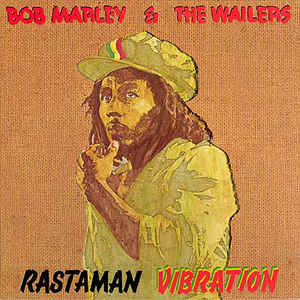Let us spend one day as deliberately as Nature, and not be thrown off the track by every nutshell and mosquito’s wing that falls on the rails.
As deliberately as a locomotive.
Who laid the track?
Let us rise early and fast, or break fast, gently and without perturbation; let company come and let company go, let the bells ring and the children cry – determined to make a day of it.
Let the day be determined deliberately.
Why should we knock under and go with the stream? Let us not be upset and overwhelmed in that terrible rapid and whirlpool called a dinner, situated in the meridian shallows. Weather this danger and you are safe, for the rest of the way is down hill.
Let us not be crowded.
Let us be downset and underwhelmed.
With unrelaxed nerves, with morning vigor, sail by it, looking another way, tied to the mast like Ulysses. If the engine whistles, let it whistle till it is hoarse for its pains. If the bell rings, why should we run? We will consider what kind of music they are like.
Stranger music.
Let us settle ourselves, and work and wedge our feet downward through the mud and slush of opinion, and prejudice, and tradition, and delusion, and appearance, that alluvion which covers the globe, through Paris and London, through New York and Boston and Concord, through Church and State, through poetry and philosophy and religion, till we come to a hard bottom and rocks in place, which we can call reality, and say, This is, and no mistake; and then begin, having a point d’appui, below freshet and frost and fire, a place where you might found a wall or a state, or set a lamp-post safely, or perhaps a gauge, not a Nilometer, but a Realometer, that future ages might know how deep a freshet of shams and appearances had gathered from time to time.
[point d’appui: ‘point of support’]
Will the lamp-post appear to future ages?
Will they know how to read the Realometer?
Will they get the point?
Will they find their own foundation?
What if reality rocks the bedrock?
If you stand right fronting and face to face to a fact, you will see the sun glimmer on both its surfaces, as if it were a cimeter [=scimitar], and feel its sweet edge dividing you through the heart and marrow, and so you will happily conclude your mortal career. Be it life or death, we crave only reality. If we are really dying, let us hear the rattle in our throats and feel cold in the extremities; if we are alive, let us go about our business.
— Thoreau, Walden, Chapter 2
Busy, busy, busy. Deliberately.
(since in this scherzarade of one’s thousand one nightinesses that sword of Secondness which would identifide the body never falls)
 One good example of such creative cultural transformation is the “patois” of the Rastafarians.
One good example of such creative cultural transformation is the “patois” of the Rastafarians.